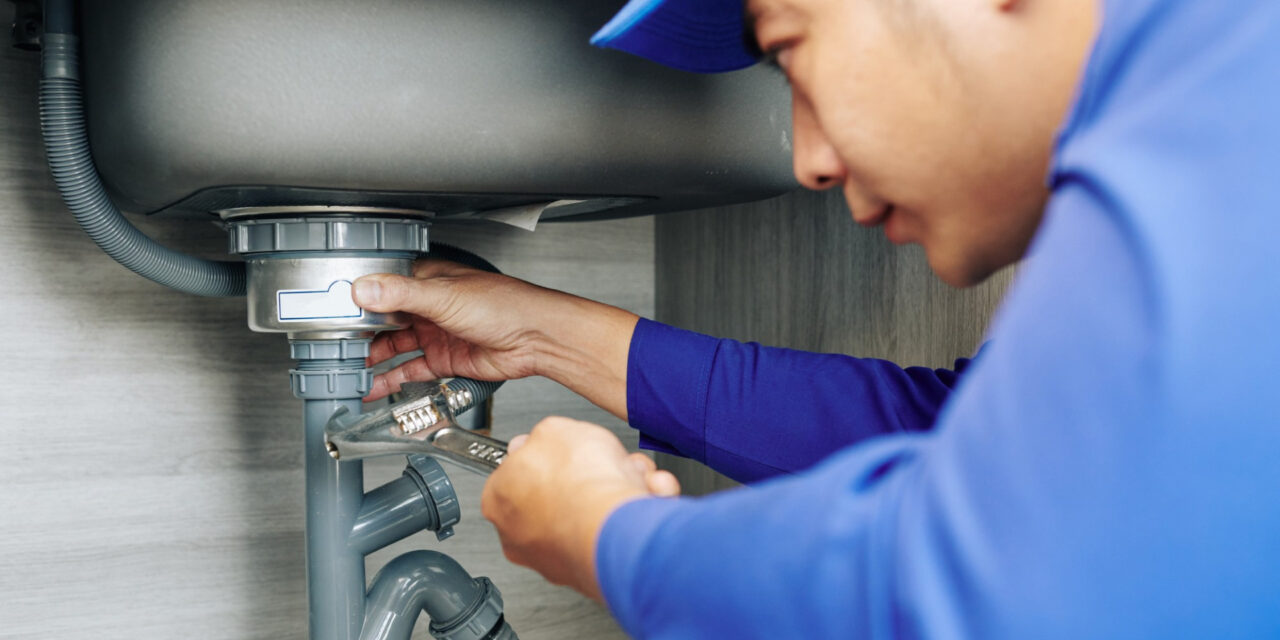This post which follows in relation to Detecting hidden plumbing leaks is truly attention-grabbing. Try it and draw your own assumptions.

Early discovery of leaking water lines can reduce a possible disaster. In addition to conserving you cash, it will certainly decrease the irritation and stress. The minute you locate a leak, calling your plumber for repairs is the very best remedy. However, some tiny water leaks may not be visible. Here are some hacks that assist if you can not discover it with your naked eyes.
1. Analyze the Water Meter
Every house has a water meter. Checking it is a surefire manner in which assists you uncover leakages. For starters, switch off all the water sources. Ensure no person will purge, use the tap, shower, run the cleaning device or dishwasher. From there, most likely to the meter and also watch if it will change. Because nobody is using it, there should be no movements. That indicates a fast-moving leak if it relocates. If you find no adjustments, wait an hour or two and inspect back again. This implies you may have a slow leakage that can also be below ground.
2. Examine Water Usage
Assess your water expenses and track your water intake. As the one paying it, you ought to observe if there are any disparities. If you find sudden changes, regardless of your usage coinciding, it implies that you have leakages in your plumbing system. Keep in mind, your water expense need to fall under the exact same array on a monthly basis. An unexpected spike in your costs indicates a fast-moving leak.
A steady rise every month, also with the very same practices, shows you have a slow leakage that's additionally slowly escalating. Call a plumber to thoroughly examine your home, especially if you feel a cozy area on your floor with piping below.
3. Do a Food Coloring Test
When it comes to water intake, 30% comes from commodes. If the shade in some way infiltrates your bowl throughout that time without flushing, there's a leak between the container and also bowl.
4. Asses Exterior Lines
Do not forget to inspect your outside water lines as well. Should water seep out of the connection, you have a loose rubber gasket. One tiny leak can squander heaps of water and also surge your water expense.
5. Analyze the scenario and inspect
House owners need to make it a practice to inspect under the sink counters and also inside closets for any type of bad odor or mold and mildew development. These 2 red flags suggest a leak so prompt interest is called for. Doing regular examinations, even bi-annually, can conserve you from a significant issue.
More importantly, if you know your home is already old, keep a watchful eye on your heating systems, tubes, pipes etc. Look for discolorations as well as deteriorating as a lot of home appliances and also pipelines have a life expectancy. They will certainly additionally normally wear away due to tear as well as use. If you believe leaking water lines in your plumbing system, don't wait for it to rise. Call a specialist plumber right now so you don't end up with a terrible mess in your home.
Early detection of dripping water lines can alleviate a prospective disaster. Some small water leaks might not be visible. Checking it is a surefire means that helps you discover leaks. One little leakage can throw away loads of water as well as increase your water bill.
If you think dripping water lines in your plumbing system, don't wait for it to intensify.
WARNING SIGNS OF WATER LEAKAGE BEHIND THE WALL
PERSISTENT MUSTY ODORS
As water slowly drips from a leaky pipe inside the wall, flooring and sheetrock stay damp and develop an odor similar to wet cardboard. It generates a musty smell that can help you find hidden leaks.
MOLD IN UNUSUAL AREAS
Mold usually grows in wet areas like kitchens, baths and laundry rooms. If you spot the stuff on walls or baseboards in other rooms of the house, it’s a good indicator of undetected water leaks.
STAINS THAT GROW
When mold thrives around a leaky pipe, it sometimes takes hold on the inside surface of the affected wall. A growing stain on otherwise clean sheetrock is often your sign of a hidden plumbing problem.
PEELING OR BUBBLING WALLPAPER / PAINT
This clue is easy to miss in rooms that don’t get much use. When you see wallpaper separating along seams or paint bubbling or flaking off the wall, blame sheetrock that stays wet because of an undetected leak.
BUCKLED CEILINGS AND STAINED FLOORS
If ceilings or floors in bathrooms, kitchens or laundry areas develop structural problems, don’t rule out constant damp inside the walls. Wet sheetrock can affect adjacent framing, flooring and ceilings.
https://www.servicemasterbyzaba.com/blog/how-to-detect-water-leakage-in-walls/

I'm certainly very eager about Hacks to detect leaks and I really hope you enjoyed reading our article. Sharing is caring. Helping people is fun. Thank-you for taking the time to read it.